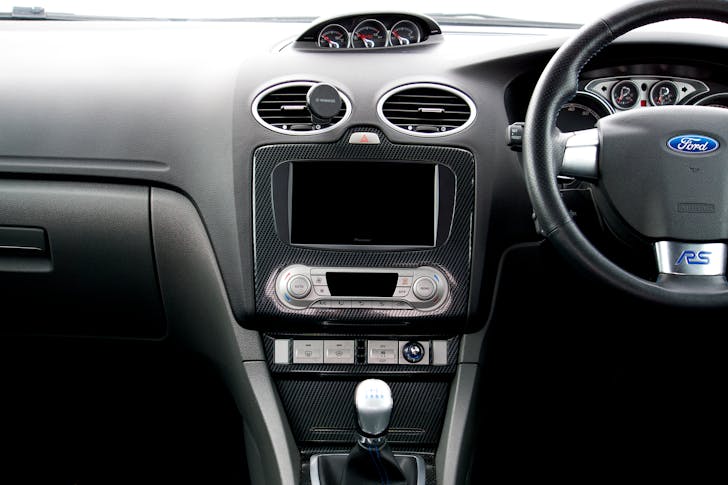The world of auto manufacturing is a complex, intricate ballet of engineering, technology, and manpower. It’s a journey that takes a simple idea through countless processes to emerge as a sophisticated, high-tech machine. So, how long does it take to build a car? This article will explore the ins and outs of building modern cars.

Time Is Relative in Car Manufacturing
The question of how long it takes to build a car seems straightforward, but the answer varies dramatically across different manufacturers and vehicle models. Like Albert Einstein’s Special Theory of Relativity, where time is relative and depends on your frame of reference, building a car can feel magical and awe-inspiring.
Experts and workers in the automotive industry might have a general idea, but myriad factors influence the actual process. Every car’s journey is unique, from the design stage to the final rollout. It involves thousands of processes, each meticulously designed to contribute to the final product. These range from creating thousands of individual parts to assembly and post-production checks.
How Long Does It Take to Build a Car?
On average, once all parts are ready and brought to the production line, assembling a mass-market vehicle takes 18 to 35 hours. This includes everything from welding and engine assembly to painting. Despite the increasing complexity of vehicles, especially with the rise of electric vehicles (EVs) and stricter safety regulations, this timeframe has remained relatively stable over the years.

Interestingly, electric vehicles, which have fewer parts than traditional internal combustion engines, have yet to see significant changes in assembly times. The overall assembly has mostly stayed the same from when they started producing the rolling chassis frame to when they got a vehicle out the door. However, the development time for specific areas, like the battery pack in an EV, involves thousands of parts and presents a wild card in the production timeline.”
From Concept to Consumer
Traditionally, the journey from a car’s design stage to production could take four to five years. This timeline has been significantly reduced, thanks to digital technologies. The exact process takes about two to two and a half years. The rapid integration of digital technology across the development stages—from research and development to actual production—has streamlined many processes.
The adoption of Industry 4.0 technologies and the Internet of Things (IoT) in the automotive industry, particularly among EV manufacturers, has played a crucial role. These technologies help automakers scale up production, cut costs, and reduce the time it takes to bring a new vehicle to market.
Zooming In on a Single Part
To understand the intricacies of automotive production, consider the manufacturing of an integrated center stack, which includes the vehicle’s climate controls, entertainment system, and other driver interfaces. The actual production time for this component is about 60 seconds, involving around 30 people working in parallel processes like injection molding, painting, chrome plating, and laser etching.

This example highlights the precision and efficiency required in modern car manufacturing. No matter how small, each component results from detailed engineering and high-end technology.
The Impact of New Technologies and Challenges
The automotive industry is never static. It constantly evolves with new technologies and faces various challenges, such as supply chain disruptions or shifts in consumer demand. These factors can affect how quickly and efficiently vehicles are produced.
For instance, the push towards more sustainable production and incorporating advanced safety features requires continuous innovation and adaptation. Automakers must stay ahead of these trends to remain competitive, which can sometimes prolong development but lead to more efficient and sophisticated production processes in the long run.
Conclusion
Understanding how long it takes to build a car involves looking at many factors, from the technological tools employed to the skilled labor involved. Each vehicle is a testament to the industry’s capability to innovate and adapt in an ever-changing technological landscape. While the process and time may vary, one thing remains constant: the automotive industry’s commitment to delivering high-quality, technologically advanced vehicles to consumers worldwide. Whether it’s an electric vehicle or a traditional car, the magic of turning an idea into a reality continues to captivate and inspire.
